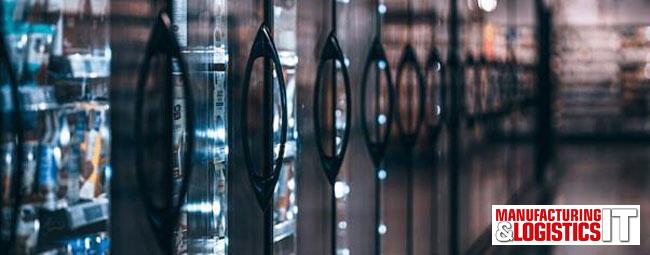By Mike Jeffs, Chief Commercial Officer, Hark.
Organisations have a significant opportunity to leverage new technology to save on the bottom line. Whether its increasing efficiency, reducing waste or maximising yield. Technology facilitates that by simplifying the route to intelligent assets, or as I would describe to my relatives – giving machines and buildings a heartbeat.

The key to the retail industry evolving through technology is advancing connectivity and increasing visibility. By that I mean visibility of the issues that need to be solved. While there has been a lot of coverage about Amazon Go stores and using IoT for a cashless experience, there are many other problems that retailers need to solve that can provide an enhanced customer experience.
Such problems include increasing business rates & maintenance costs but also waste. These are the crucial behind the scenes operations of the pioneering retail experience, but also are now being used to turn waste into new products. These are just a couple of factors that will see 50% of large global companies use the internet of things in supply chain operations by 2023. We’re now at the point where the same attention and KPIs apply to supply as much demand.
Connectivity
Without connectivity in the first instance, visibility of how bad a problem with a core business asset is (or could be) is difficult for retail businesses to size up. There is no calculated opportunity cost of not fixing that issue until it is highlighted.
Some examples of this are:
- Greater visibility of supply chain and unnecessary costs
- Barriers to purchase, the position of a product in store
- Cost of sales at a store level
- Energy usage across estate be that depots, logistics, in store - HVAC, submeters and process automation controllers.
- Lighting usage vs footfall – peak trading 100%
The challenge with connectivity is the paralysing fear that IoT can’t simply be ‘setup’. Surely, it’s too complicated? We don’t have the adequate infrastructure. The cost of implementation is too high. We have concerns over security. What about data privacy? We have legacy systems that won’t be able to be connected. We’ve heard all of these and more
Visibility
Once connected, stakeholders within an organisation can contextualise the problems in to the everyday. Hark plays in a world where IoT connectivity not only connects hardware and software, but also connects siloed IT and Property departments and brings together teams, perhaps that’s the true spirit of digital transformation – connecting experiences across a business.
If a recycling baler is faulty it may use more energy, that’s a problem for both a warehouse manager but also an energy manager.
If a store manager is incentivised to reduce energy, store lights may be less bright which may affect footfall.
If lights are left on repeatedly in one store that may show up in your finance reports as a less profitable store.
In that sense it reminds me of the cinnamon story and how one change led by procurement impacted sales and customer experience negatively. This kind of visibility can always be worked in positive ways too. An example of this is fashion brand, Mango, and their work on calculating the average water footprint of one pair of their jeans. In that sense IoT could help Mango alert them when one pair of their jeans has used above or below that average.
Intelligence
The final piece of the puzzle is adding an intelligence layer that learns and understands the context of assets within the business in order to make predictions and detect anomalies. This type of technology is crucial in order to allow businesses to quickly identify increases in energy, assess equipment health and ultimately reduce costs.
Utilising the advances in Machine Learning technologies, businesses have access to an unprecedented toolset that can turn the data generated by assets into information that can streamline operations.
What is paramount is having good quality data feeds. Bad data = Bad information = Bad results.
Whether “someone has left the industrial grade toaster on” or a leaking pipe that could halt production, an asset has a potential fault brewing, each of these types of problem, if caught earlier, can ultimately reduce waste. Wasted time, wasted energy, wasted cost.

Add a Comment
No messages on this article yet